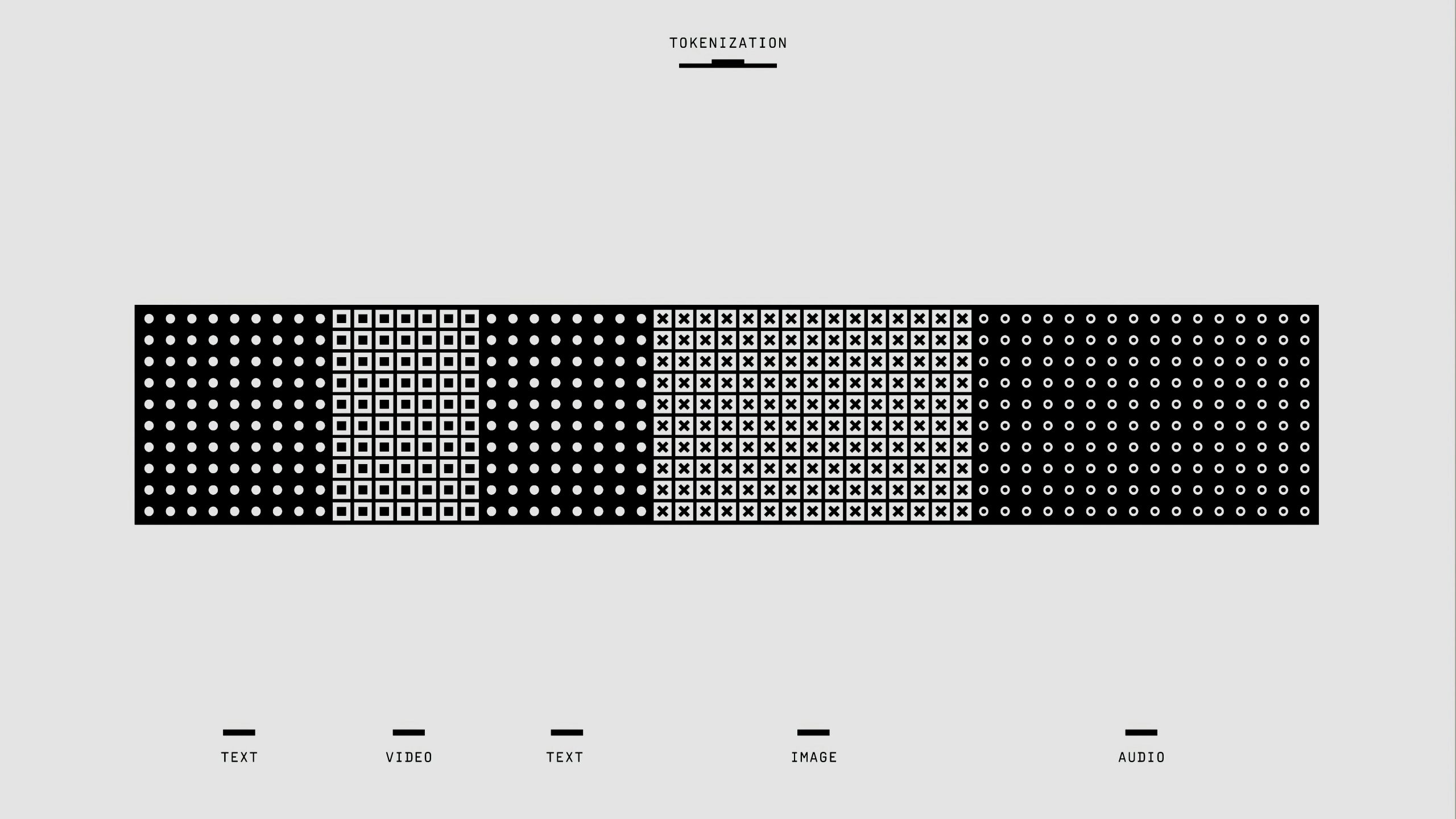Structured Prompts, Better Outcomes? Exploring the Effects of a Structured Interface with ChatGPT in
Enhancing AI-Driven Learning: The Impact of Structured Prompts in Graduate Robotics Education
In the evolving landscape of artificial intelligence integration within educational settings, recent research sheds light on how structured interaction strategies can influence student engagement and learning outcomes. A compelling study titled “Structured Prompts, Better Outcomes? Exploring the Effects of a Structured Interface with ChatGPT in a Graduate Robotics Course” by researchers Jerome Brender, Laila El-Hamamsy, Kim Uittenhove, Francesco Mondada, and Engin Bumbacher offers insightful findings on this topic.
Understanding the Research Focus
This investigation centers on the use of a specially designed, structured interface that guides graduate robotics students in formulating prompts when engaging with ChatGPT. The goal was to determine whether this approach could foster more productive interactions and enhance educational results.
Key Findings and Insights
-
Improved Prompting Behavior
Students utilizing the structured interface exhibited more deliberate prompting habits, such as formulating clearer questions aimed at understanding core concepts. However, these improved behaviors mainly occurred during the guided sessions and did not sustain once the structured environment was removed. -
Performance and Learning Outcomes
Interestingly, despite enhanced prompting strategies during structured interactions, the study observed no significant difference in overall academic performance or learning achievement when compared to students who interacted with ChatGPT without guidance. This suggests that initial behavioral improvements may not directly translate into long-term academic gains. -
Student Perceptions and Preferences
Survey data revealed diverse attitudes; some students appreciated the structured approach, valuing the clarity it provided. Conversely, a majority expressed a preference for the familiar, unstructured interface, citing ease of use and comfort as key reasons for their resistance to changing established interaction patterns. -
Implications for Educational Strategies
The findings highlight the importance of developing instructional methods that go beyond surface-level scaffolding. For sustained improvement, strategies should focus on fostering intrinsic motivation and helping students internalize effective prompting techniques—potentially through personalized, ongoing support. -
Balancing Engagement and Resistance
While the structured interface boosted engagement during its use, it also uncovered students’ reluctance to modify ingrained interaction habits. Recognizing and addressing this resistance is crucial for designing effective AI-integrated learning experiences.
Final Thoughts
This study emphasizes that while structured prompts can temporarily enhance interaction quality, lasting educational benefits hinge on deeper pedagogical approaches that motivate and empower students to develop autonomous, effective prompting skills. Educators and technologists should consider these insights when














Post Comment